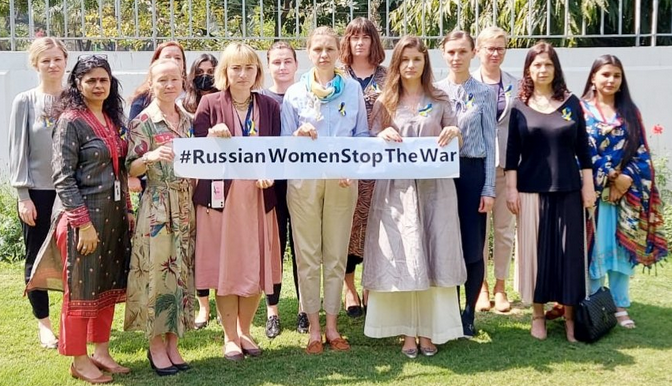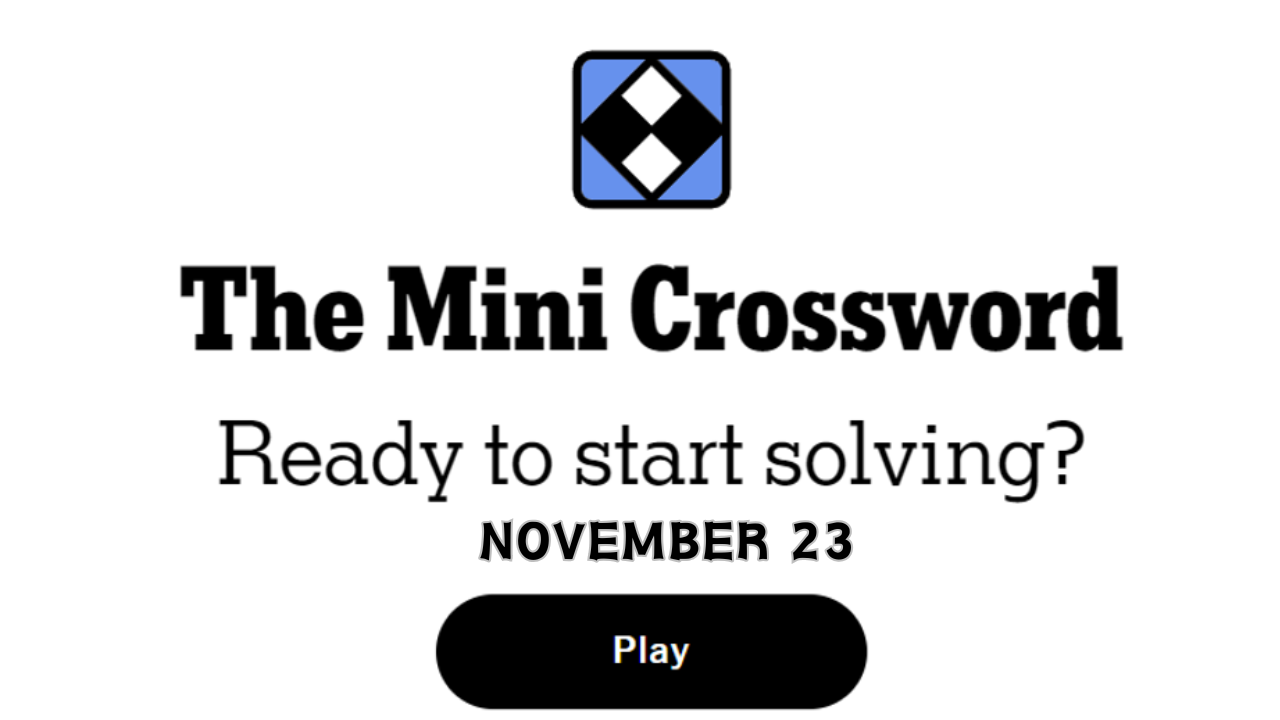Photo: Twitter
The celebration of International Women’s Day on March 8th is a day for considering a world with gender equality, challenging biases, stereotypes, and prejudice, and working for the inclusion of all persons. While reflecting on the life sustaining contributions of women around the world I could not help but remember the ugly truth: women and children continue to face great suffering in wars that target them.
It is unavoidable. In Ukraine Putin is maximizing suffering and targeting those who are most precious and vulnerable.
It is also nothing new. Civilian casualties are considered among the many costs of war. On the whole noncombatants (despites laws to the contrary) are killed in much greater numbers than combatants, and women and children make up an overwhelming majority of those numbers.
When have an antiquated mythology for war. We incorrectly assert its efficacy and while the public relations campaign uses misnomers like “surgical strikes” bragging about improved performance with heightened technology studies show the opposite to be true. Four scientists write in the academic journal Frontiers in Public Health:
“There has been an increase in civilian fatalities from 5% at the turn of the 19th century to 15% during World War I (WW I), 65% by the end of World War II (WW II), and to more than 90% in the wars during 1990’s, affecting more children than soldiers.”
Putin’s war in Ukraine is another gross example of this horrific trend. His acts of violent terrorism are clear. He attacked schools and hospitals in Syria, and he is doing it again.
By targeting civilian populations he is also renewing the refugee crisis, and female refugees experience greater risk, trauma, and vulnerability than male refugees do. Longitudinal studies and analysis show, including an analysis by three scientists in the journal CESifo Forum, who note that “It is not only language, culture, access to work and western school systems that present obstacles. Women are traditionally also confronted with additional household and childcare duties. Their challenges are thus twofold.”
Violent conflict is virtually always a drastic escalation of preexisting conditions. Targeting women and children, in many ways, reflects social vulnerabilities. Gender based violence against women and girls is observed in a range of ways from arranged (and forced child) marriages, arbitrary killings, sexual torture and violence, and structural violence. Chief among structural concerns are issues of access.
Women around the world face limits on healthcare and reproductive rights. From the delivery of basic human needs, essential services, or opportunities for success women’s rights are attacked over and over. Each society is different; some also deny women access to property, to education, to franchise, and equal pay and professional opportunities.
From the root of sexism then comes such denials, up to the ultimate denial of a home and even life itself.
Sexual violence against women during war is frequently an accepted norm (or even a reward), the militarization and weapons result in impunity—the world is not honoring its commitment to respond to the epidemic of sexual violence.
Putin once said: I don’t have bad days because I’m not a woman. It is a sad reflection of how he sees the world and how it how he could be responsible for so much needless suffering. It is time that we started listening to the voices of women and included them in peace talks and negotiations, maybe then we’d stop having these wars of aggression; all this violence is good for nothing.
Wim Laven, Ph.D., syndicated by PeaceVoice, teaches courses in political science and conflict resolution.






